International
Widespread regret and condolences for the death of Iranian President Ebrahim Raisí
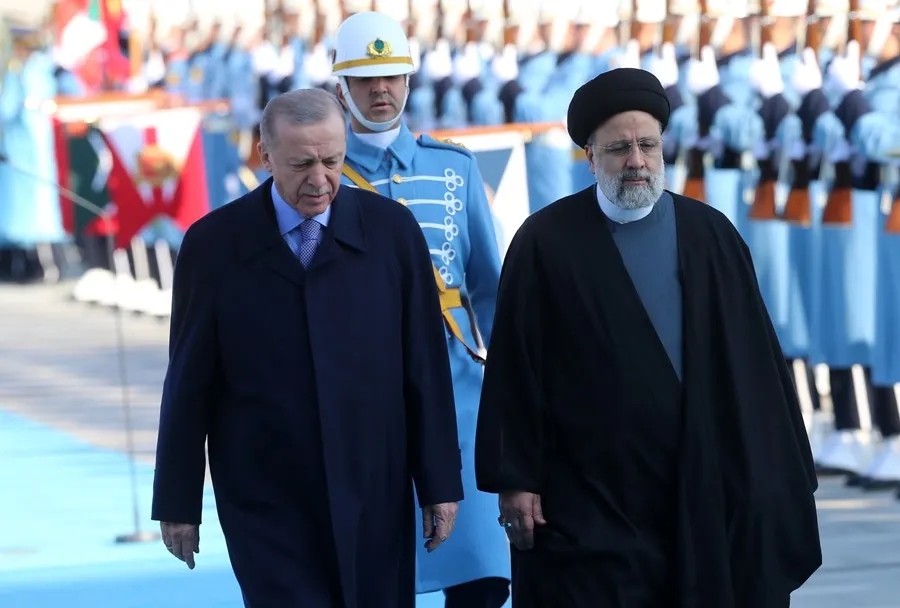
The death in a helicopter accident of the president of Iran, Ebrahim Raisí and the Minister of Foreign Affairs, Hosein Amir Abdolahian, has generated great regret in Arab countries and widespread condolences in the West.
The helicopter in which Raisí and other authorities were traveling disappeared for unexplained reasons this Sunday when it was returning from the city of Tabriz and the aircraft was found today in a mountainous area of the Varzeqan region, in Eastern Azerbaijan.
Among the Arab countries, the Lebanese government decreed on Monday three days of official mourning for the death of President Raisí.
Lebanon maintains good relations with Iran, one of the foreign powers that are considered most influential in the nation, due in large part to the close collaboration between Tehran and the Lebanese Shiite group Hizbulá.
The president of Syria, Bashar al-Asad, expressed his condolences and thanked Ebrahim Raisí for his work to strengthen the ties between the two countries, important allies at various levels.
The president of Iran had made a historic visit to Damascus a year ago, the first of an Iranian leader of his level since 2010, a year before the outst of the war in Syria.
Iran is a key route for supplying oil derivatives and other goods to Syria, subject to a series of international sanctions that limit its trade activities, and also maintains a strong armed presence in Syrian territory, where Iranian advisers and pro-Iranian militias are present.
For his part, the president of the Palestinian National Authority, Mahmud Abbas, on Monday offered his condolences to the Islamic Republic of Iran after the fatal accident and that of Tunisia, Kais Said, also expressed “great sadness and pain.”
Meanwhile, the president of Turkey, the Islamist Recep Tayyip Erdogan, expressed his condolences for his “esteemed counterpart and brother” Raisí and highlighted the efforts of the deceased “for the peace of the Iranian people and our region during his term.”
One of the most heartfelt reactions was that of the Lebanese Shiite group Hizbulá, a close ally of Tehran.
“For us he was an older brother, a strong supporter and a firm defender of our cause, and of the cause of the nation, especially Jerusalem and Palestine. And a protector of the Resistance movements and its mujahideen in all the positions of responsibility he held,” Hizbulah said in a statement.
The Lebanese group is part of an informal anti-Israeli alliance led by Tehran known as the “Axis of Resistance”, several of whose members hold fronts of support for the Palestinian Islamist movement Hamas in the framework of the war that began seven months ago in Gaza.
Hizbulah, who leads one of those fronts against Israel from southern Lebanon, allegedly receives strong arms and logistical support from his Iranian allies.
And the de facto government of the Taliban in Afghanistan also expressed its condolences on the death of Ebrahim Raisí, who was part of a Cabinet determined to build good relations with the fundamentalists despite occasional incidents.
Under the command of Raisi, who came to power in 2021 and was one of the favorites to succeed the supreme Iranian leader, Ali Khamenei, Tehran became one of the few countries interested in improving bilateral relations with the Taliban when they took power in Afghanistan that same year.
The Emir of Qatar, Tamim bin Hamad al Thani, and the Shiite Houthi rebels of Yemen expressed their “sincere condolences” to Iran on Monday in two messages.
Qatar is one of the closest Arab countries to Iran and has mediated on several occasions between the Government of Tehran and other countries, in particular the United States, to bring views on issues such as the nuclear program or that of Iranian ballistic missiles.
The Houthis of Yemen are an Iran-backed Shiite political and religious movement that took up arms in 2014 against the internationally recognized Yemeni government, and since then they control large areas of the north and center of that country in the south of the Arabian Peninsula.
In recent months, Houthis have managed to attract international attention for their attacks with ballistic missiles and drones, allegedly Iranian, against Israeli merchant ships or ships linked to Israel in the Red Sea, in retaliation for that country’s war in Gaza.
Russian President Vladimir Putin today expressed his condolences for the “enormous tragedy” of Raisi’s death, whom he described as a “friend.”
“As a true friend of Russia, he made a valuable personal contribution to the development of good-neighbourly relations between our countries and made great efforts to bring them to the level of strategic partnership,” the Russian president added.
Russia and Iran have strengthened their relations in recent years, especially since the beginning of the war in Ukraine, since Tehran supplies Moscow with the Shahed drones with which it bombs the territory of the neighboring country.
For his part, Chinese President Xi Jinping assured that his people “have lost a good friend.”
Xi highlighted the “important contributions of the Iranian president to the security and stability” of his country, as well as to “its development and prosperity,” according to a spokesman for the Foreign Ministry. In this line, the Chinese leader recognized Raisí’s efforts to “strengthen and develop the integral strategic relationship” between China and Iran, ties that he believes will “continue to be strengthened.”
In 2021, China and Iran sealed a 25-year economic cooperation agreement that broadly provides for Chinese investments in the Iranian energy and infrastructure sectors.
The president of the European Council, Charles Michel, expressed condolences for the death of Raisí, Minister Abdolahian and his entourage. “Our thoughts are with the families,” he wrote in a message on his social network account X.
The head of European diplomacy, Josep Borrell, joined with a statement in which he also conveyed his condolences to the rest of the deceased authorities, their relatives and “the affected Iranian citizens.”
Meanwhile, the NATO spokeswoman, in a message on social network X wrote: “Our condolences to the people of Iran for the death of President Raisí, Foreign Minister Amir Abdolahian and other people who died in the helicopter accident.”
Japan also sent its condolences to Iran. “There is nothing sadder than the news of a sudden death like this. We convey our condolences to the Government of Iran and its people, as well as to the families of the victims,” said Japanese government spokesman Yoshimasa Hayashi.
International
Maduro, Delcy Rodríguez sued in Florida over alleged kidnapping, torture and terrorism

U.S. citizens have revived a lawsuit in Miami against Venezuelan President Nicolás Maduro following his capture, as well as against Vice President and now acting leader Delcy Rodríguez and other senior Chavista officials, whom they accuse of kidnapping, torture, and terrorism.
The plaintiffs — including U.S. citizens who were kidnapped in Venezuela and two minors — filed a motion over the weekend before the U.S. District Court for the Southern District of Florida asking the court to declare the defendants in default for failing to respond to the lawsuit initially filed on August 14, 2025, according to court documents made public on Monday.
The case, assigned to Judge Darrin P. Gayles, accuses the Venezuelan leaders of violating the U.S. Anti-Terrorism Act (ATA), the Florida Anti-Terrorism Act, and the Racketeer Influenced and Corrupt Organizations Act (RICO).
In addition to Maduro and Rodríguez, the lawsuit names Venezuelan Defense Minister Vladimir Padrino López; Attorney General Tarek William Saab; Interior Minister Diosdado Cabello; former Supreme Court Chief Justice Maikel Moreno; and National Assembly President Jorge Rodríguez.
The complaint also lists the state-owned oil company Petróleos de Venezuela (PDVSA) and former Electricity Minister Néstor Reverol as defendants.
According to the filing, Maduro “committed flagrant acts of terrorism against U.S. citizens,” citing the criminal case in New York in which Maduro and his wife, Cilia Flores, appeared in court for the first time on Monday following their arrest on Saturday.
The lawsuit claims that the plaintiffs “were held captive by Maduro” with “illegal material support” from the other defendants, whom it identifies as members of the Cartel of the Suns, a group designated by the United States as a terrorist organization last year.
International
U.S. faces worst flu season in decades as new strain spreads nationwide

The flu continues to take a heavy toll across the United States, with all but four states reporting high or very high levels of activity as a new viral strain known as subclade K continues to spread.
According to another key indicator — doctor visits for fever accompanied by cough or sore throat, common flu symptoms — the U.S. is experiencing its highest level of respiratory illness since at least the 1997–98 flu season, based on data released Monday by the Centers for Disease Control and Prevention (CDC).
“This is definitely a standout year,” said Dr. Caitlin Rivers, an epidemiologist and senior scholar at the Johns Hopkins Center for Health Security. “It’s the worst we’ve seen in at least 20 years. Most of the country is experiencing very high levels of activity, and we are still near the peak.”
Rivers noted that it is unusual to see such a severe flu season following another poor season the previous year, as intense seasons typically do not occur back to back.
Nationwide, approximately 8.2% of doctor visits during the final week of the year were for flu-like symptoms. At the same point last season — which was also severe — that figure stood at 6.7%.
In Massachusetts, where flu activity is reported as very high, health officials urged residents to get vaccinated.
“This is a moment for clarity, urgency, and action,” said Dr. Robbie Goldstein, Commissioner of Public Health, in a press release. “These viruses are serious, dangerous, and potentially deadly. We are seeing critically ill children, families grieving devastating losses, and hospitals under strain due to capacity.”
International
U.S. Energy Secretary to meet oil executives on reviving Venezuela’s crude industry
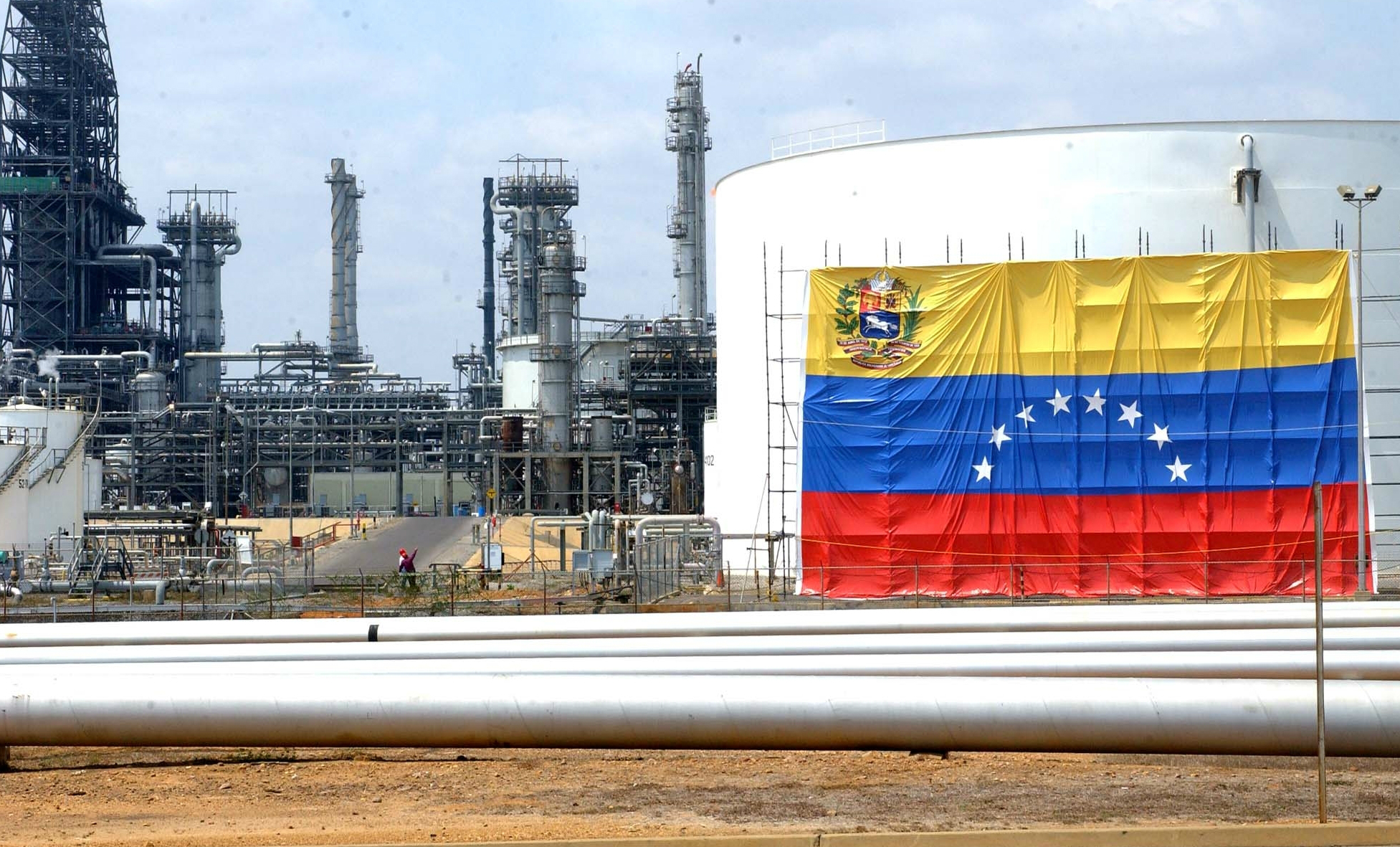
U.S. Secretary of Energy Chris Wright is set to meet this week with executives from the American oil industry to discuss how to revive Venezuela’s crude oil sector, according to multiple media reports.
The meeting will take place on the sidelines of an energy conference organized by investment banking group Goldman Sachs in Miami.
Senior executives from major U.S. oil companies, including Chevron and ConocoPhillips, are expected to attend the symposium.
Venezuela holds the world’s largest proven oil reserves, estimated at 300 to 303 billion barrels, representing roughly one-fifth of known global reserves.
Following the controversial operation carried out on Saturday to detain Venezuelan President Nicolás Maduro, U.S. President Donald Trump has placed renewed emphasis on control over and exploitation of Venezuela’s vast oil resources.
-

 International1 day ago
International1 day agoU.S. faces worst flu season in decades as new strain spreads nationwide
-

 International5 days ago
International5 days agoMissile attack hits Kharkiv homes, leaving 13 wounded
-
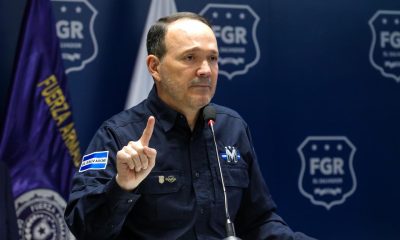
 Central America2 days ago
Central America2 days agoEl Salvador reports safest year in its history, security cabinet says
-
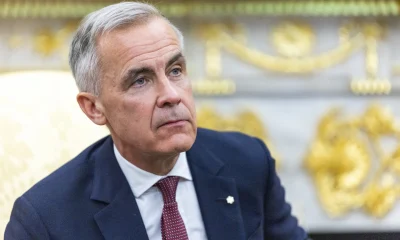
 International5 days ago
International5 days agoCanada’s prime minister Mark Carney to join Ukraine peace talks in Paris
-

 International4 days ago
International4 days agoTrump signals possible expansion of U.S. regional policy beyond Venezuela
-
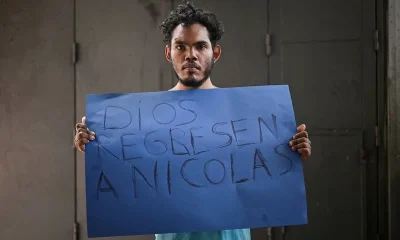
 International4 days ago
International4 days agoWorld leaders react to U.S. attacks on Venezuela, sparking global divide
-
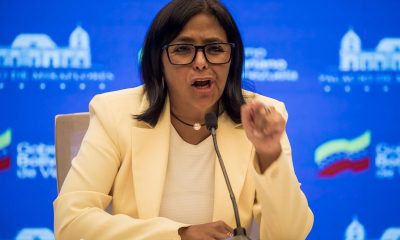
 International2 days ago
International2 days agoDelcy Rodríguez, key figure in U.S.-Venezuela transition, remains under EU sanctions
-

 International3 days ago
International3 days agoMarco Rubio warns Cuba could be Trump administration’s next target
-

 International1 day ago
International1 day agoMaduro, Delcy Rodríguez sued in Florida over alleged kidnapping, torture and terrorism
-

 International2 days ago
International2 days agoChina urges immediate release of Maduro, seeks emergency UN security council meeting
-
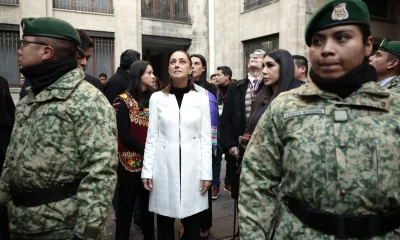
 International5 days ago
International5 days agoSheinbaum evacuates National Palace after 6.5-magnitude earthquake hits Southern Mexico
-
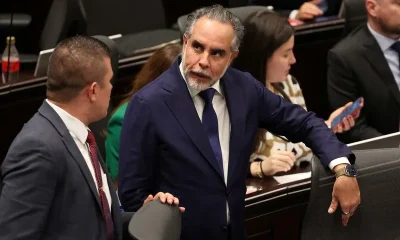
 International1 day ago
International1 day agoColombia to maintain anti-drug cooperation with U.S. after Trump remarks
-
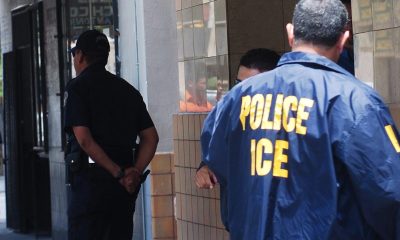
 International1 day ago
International1 day agoFlorida’s ‘Tidal Wave’ operation detains 10,400 migrants in largest ICE joint effort
-
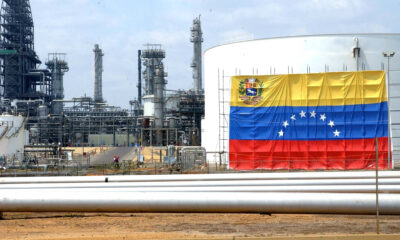
 International1 day ago
International1 day agoU.S. Energy Secretary to meet oil executives on reviving Venezuela’s crude industry
-
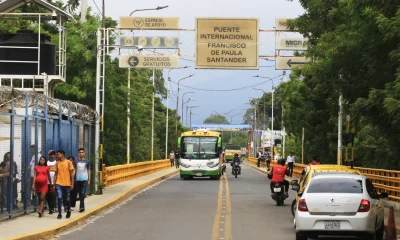
 International1 day ago
International1 day agoColombia says border with Venezuela remains calm after U.S. arrest of Maduro
























